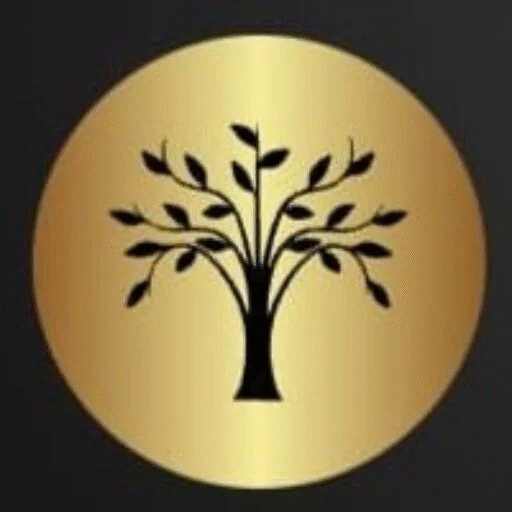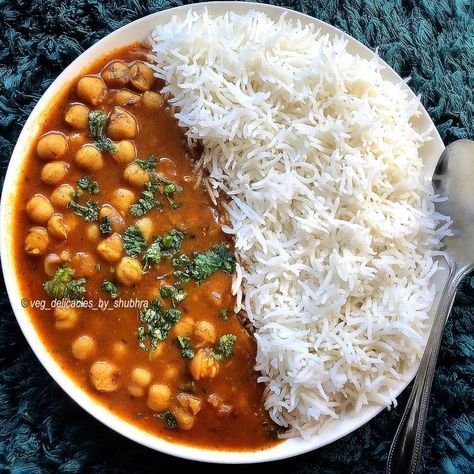
There are some stories intended to be read . Some are intended to be remembered.
But this one — the tale behind Chappan Bhog — is intended to be felt. Really, profoundly, from the heart.
Because it’s not merely a case of presenting Lord Krishna with 56 items of food. It’s about the love of a mother, the surrender of a village, and the divine play (lila) that makes you forget the world and just sit quietly in wonder. The sort of story that makes you want to cook from the heart, offer with love, and live with bhakti.
So let’s turn back — not merely in time, but in sentiment — to Vrindavan, where Krishna’s leelas reverberate in the wind, where each stone is holy, and where love of the Divine is served steaming, fresh, and untainted… at times even from a silver thali.
The Heart of the Story — More Than Just Numbers:-
You’ve probably seen those photos: a huge thali with 56 beautifully arranged food items — sweets, savories, rice, curries, breads, chutneys, drinks — a true feast. It’s called Chappan Bhog.
But why 56?
It’s not just tradition. It’s emotion. And behind it is a leela that’s as sweet as it is profound — the Govardhan Leela, where Krishna lifts an entire mountain to protect the people of Vrindavan.
The Divine Boy Who Ate 8 Times a Day
At Yashoda Maiya’s house, Krishna wasn’t only the Supreme Lord — He was her little Gopal. Her baby. Her trouble-monger. And like every Indian mom, she fed Him with the kind of love that cannot be measured.
It’s said Krishna was fed 8 times a day — breakfast, lunch, tea time snacks, little morsels in between, and something sweet before sleep.
All meals were lovingly cooked with sattvik food — no onion, no garlic — just fresh butter, sweet rice, kheer, fruits, jaggery roti, makhan mishri, curd, and so on.
And Krishna, with that melt-hearted smile, would eat it all — sometimes from Yashoda’s hands, sometimes from the gopis, and sometimes by pilfering from the kitchen.
All was a game, a dance — a divine leela.
The Day the Skies Turned Angry
One day, Krishna observed something.
The Vrindavan folk were making great offerings, adorning altars, and performing rituals — all to appease Indra, the rain god.
Young Krishna inquired, “Why we worship Indra?”
The elders said, “To make him happy so he gives us rain. Otherwise, our crops would not grow.”
But Krishna, ever the teacher in disguise, replied softly, “Why not worship Govardhan Hill, the cows, and the earth that indeed feed and safeguard us? They are the ones who actually support our very lives.”
The villagers listened. They abandoned the Indra puja and worshipped instead Govardhan Hill — offering food, prayers, and singing kirtans.
Indra’s Anger, Krishna’s Grace
Indra was enraged. How dare a child defy him?
Ego-blinded, he let loose a gigantic tempest. Thunder boomed. Lightning flashed. Rain lashed mercilessly. Vrindavan was in danger of drowning.
Cows trembled. Children wailed. Farmers wept.
And then arrived Krishna.
Peaceful. Smiling.
He lifted Govardhan Mountain with His little finger, as if it were no more than a lotus leaf.
श्रीभगवानुवाच —
“Govardhanasya māhātmyaṁ, mama priyaṁ sadā bhavet.“
(“Govardhan is always dear to Me. Worship of Govardhan pleases Me greatly.”)
He invited all the people under the hill. “Come, seek refuge here.”
And for 7 nights and 7 days, Krishna stood there, supporting the mountain, protecting cows, humans, trees, houses — all.
7 Days. No Food. Just Love.
This is where the story really begins.
For those 7 days, Krishna did not take one bite. The child who was lovingly fed 8 times a day went without food entirely — not because He had to, but because His people demanded Him.
He stood there, smiling, supporting the mountain, never complaining once, never asking for food.
And Yashoda Maiya? She watched, helpless, with tears in her eyes. A mother’s heart — proud, scared, aching. “My Kanha hasn’t eaten in days.”
When the Storm Passed, Love Overflowed
Eventually, Indra realized his mistake. He saw Krishna’s divine form — not just a cowherd boy, but the Supreme Lord.
He folded his hands. “Forgive me, Krishna,” he said, “I forgot who You are.”
Krishna pardoned him. The storm dissipated. The clouds parted. The village celebrated.
Krishna carefully set the Govardhan Hill in place.
And then. the villagers did something extraordinary.
The Birth of Chappan Bhog
They reckoned.
8 meals a day × 7 days = 56 meals.

“We need to make up for each lost meal,” Yashoda said, her voice gentle with love and devotion.
So together, the gopis and gopas, mothers and elderly, children and cooks — everyone prepared 56 different items of food.
Each one prepared with care, devotion, and joy.
It wasn’t a feast out of guilt — it was a feast out of love.
And that, dear reader, was the first Chappan Bhog.
Shloka from the Govinda Leela:
“गोवर्धनं च स्थाप्यैव, सर्वभोगान् मया हितान्।
भक्तानां प्रेमसारोऽयं, चप्पन भोग इत्यपि।”
Translation (in simple tone):
“By placing Govardhan and making all these offerings with love, the heart’s essence of the devotees is conveyed — this is what we call Chappan Bhog.”
What’s in Chappan Bhog?
There isn’t a rigid list, because each region has its own preferences. But traditionally, it contains:
8 sweets: Ladoo, peda, rasgulla, kheer, halwa, jalebi, shakkar para, sandesh
8 milk items: Butter, curd, chhaach (buttermilk), rabri, makhan mishri, malai, shrikhand, lassi
8 snacks: Pakodi, samosa, kachori, mathri, sev, moong dal, murukku, namak para
8 vegetables: Aloo, lauki, paneer, bhindi, baingan, torai, matar, mixed veg
8 rice dishes: Sweet rice, jeera rice, khichdi, lemon rice, pulao, curd rice, coconut rice, saffron rice
8 rotis/parathas: Plain roti, puri, masala paratha, ajwain roti, missi roti, methi thepla, rajgira roti, singhara puri
8 chutneys/pickles/sides: Coconut chutney, tomato chutney (no onion), dhaniya chutney, tamarind chutney, sweet mango pickle, lemon pickle, peanut chutney, radish salad
Each one is satvik — no onion, no garlic — prepared with mantra japa or devotion.
A Modern Reminder of Ancient Love:-
Nowadays, Chappan Bhog is served in well-known temples such as:
Jagannath Puri Temple
Shrinathji Temple
Vrindavan temples like Banke Bihari and ISKCON
Govardhan Hill during Annakut festival
In most households, devotees also offer Chappan Bhog little offerings on Janmashtami, Govardhan Puja, or Ekadashi, even if it is just 5–6 dishes — because it’s not quantity, but bhav (feeling).
“पत्रं पुष्पं फलं तोयं यो मे भक्त्या प्रयच्छति।
तदहं भक्त्युपहृतमश्नामि प्रयतात्मनः॥”
(Bhagavad Gita 9.26)
Translation:
“If one offers Me with love a leaf( tulsi leaf ), a flower, a fruit, or water — I accept it with joy.”
Final Thoughts: The Thali of Bhakti:-
Chappan Bhog is not merely a thali. It’s a love letter written not in ink but in ghee and jaggery, love and care.
It reminds us that Krishna doesn’t require anything — but He accepts everything given with love.
It reminds us in our hectic lives that we need to make time not only to cook and to eat, but to give, to thank, and to keep in mind that the hands with which we prepare are holy, the food we give is holy, and the act of giving itself… is sacred.
So whether you cook 56 dishes or only a bowl of kheer, if love goes into it, Krishna will smile equally.
And in that smile. is the entire world.
Hare krishna 🙏



